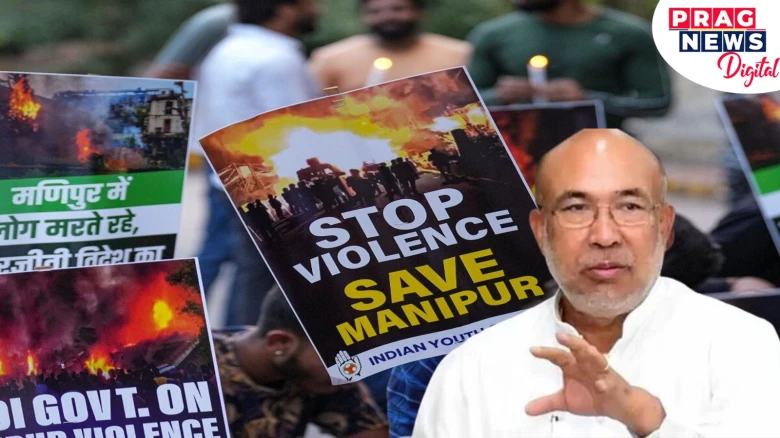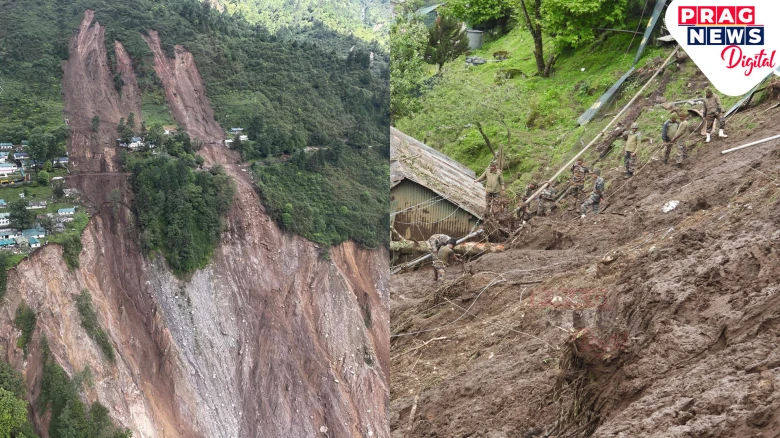The situation remains critical, with ongoing efforts to address the humanitarian crisis and restore peace in the state...
Digital Desk: Manipur Chief Minister N Biren Singh provided a somber update to the Legislative Assembly on Wednesday regarding the violence that has plagued the northeastern state since May last year. According to Singh, the ongoing unrest has resulted in 226 deaths, 39 individuals missing, and over 59,000 displaced people currently residing in relief camps. The violence, which began in May 2023, has also led to the filing of 11,892 cases across various police stations and the destruction of 11,133 houses.
In response to a question from Congress MLA K Meghachandra, Singh highlighted the severe impact on the agricultural sector. Farmlands belonging to 5,554 farmers have been severely affected, threatening their livelihoods. To address these losses, the government has disbursed ₹18.91 crore as crop compensation to 3,483 farmers.
Additionally, under the Permanent Housing Scheme, ₹21.68 crore has been allocated to 798 beneficiaries for constructing new homes. Interim relief of ₹25,000 has been provided to 2,792 families whose houses were either burnt or damaged.
Singh also reported that 1,892 cases related to the violence have been registered, emphasizing the scale of the crisis. He mentioned that the district-wise breakdown of relief camps and their occupants cannot be disclosed due to the sensitivity of the information and its potential impact on the ongoing situation.
The violence in Manipur erupted on May 3, 2023, following a ‘Solidarity March’ by the Kuki community protesting the inclusion of the Meitei community in the Scheduled Tribe (ST) category. The Meiteis, constituting about 53% of the population, primarily reside in the Imphal Valley, while the Nagas and Kukis, who make up over 40%, live in the hill districts.
The situation remains critical, with ongoing efforts to address the humanitarian crisis and restore peace in the state.








Leave A Comment